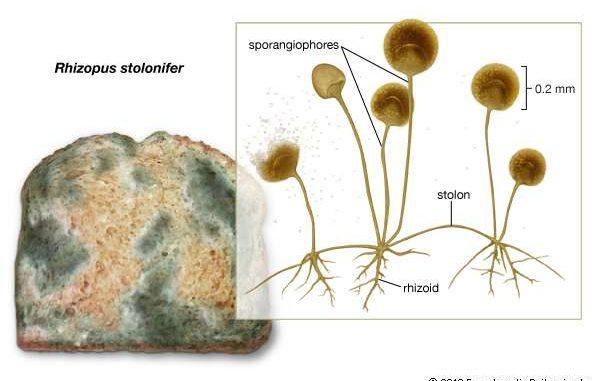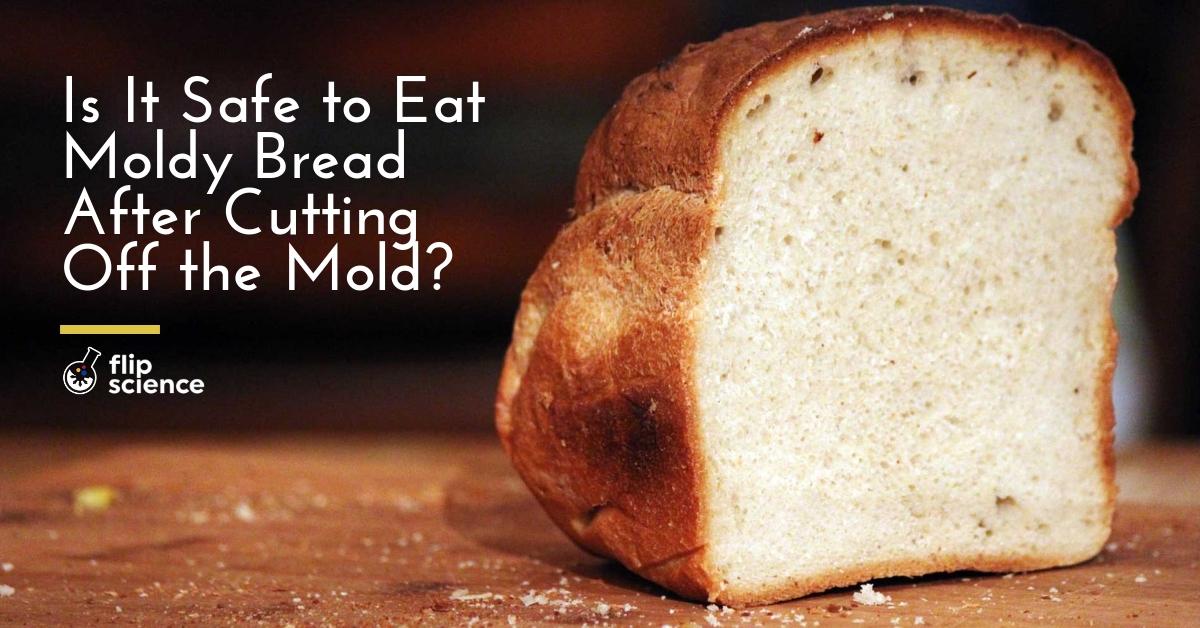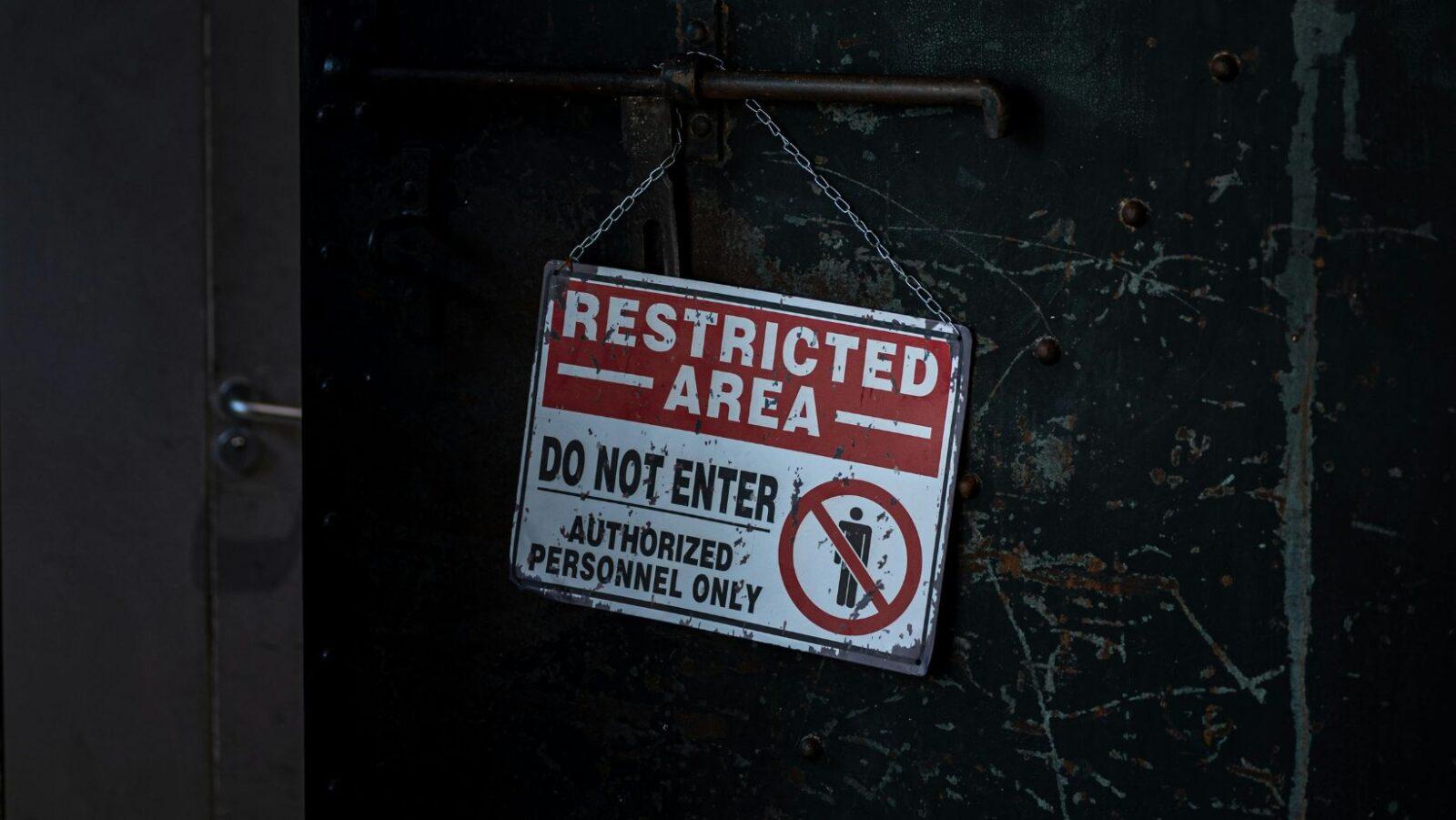• Cutting off the discolored parts of moldy bread does not make the bread safe to eat.
• Mold is actually a fungus that grows deep into the “clean” parts of bread.
• Eating “clean” moldy bread can lead to serious health issues, and may even be lethal.
Picture this: You wake up one lazy weekend morning craving a delicious peanut butter sandwich. You pick up that loaf of bread you bought a few days earlier, open the bag, and get two slices. What you see shocks and surprises you — mold! Tiny green and blue spots are scattered on the sides of each slice, and you couldn’t believe your eyes. You’re absolutely sure that the expiration date is still about three days away — it says so, right on the tag. Undaunted, you simply grab a knife, cut off the offending sides, and proceed to spread peanut buttery goodness all over the “clean slices.”
Does this scenario sound familiar to you? If this is something you’ve done before, consider yourself lucky — and please, never do it again.
Fungus among us
Cutting off the edges of a slice moldy bread won’t make it “clean.” What you’re actually doing is removing the parts you can see… and leaving behind the things you can’t.
Mmm, delicious.
Mold is a fungus, which means that while you can see parts of it on the surface, it actually digs deeper.
Mold has “roots” called hyphae that grow right into the “clean” parts of the bread. As they grow, they release toxins into the bread, and some types of harmful bacteria may even be riding along.
Furthermore, simply tossing the offending pieces and grabbing new ones from your bag won’t solve your problem. The visible parts of mold — the sporangia — release tons of spores that land and spread on, that’s right, the other slices in the bag.
Long story short, your bread’s basically toast.
The moldy truth
Sure, you can take your chances with moldy bread. You might end up just fine after eating a moldy sandwich with the edges sheared off. Unfortunately, the price you might end up paying is too high.
Make no mistake — mold doesn’t just look disgusting. It can trigger all sorts of nasty illnesses, and even death. (Can you imagine dying from eating a ham sandwich? Worst death ever.)
It’s almost impossible to determine which kinds of mold are safe and which aren’t, simply because there are so many of them.
Take cladosporium, for instance, which is a common mold that can trigger allergies and such. It isn’t that dangerous to us, so if you happen to ingest it, odds are good that you’ll live.
But what if you hit the jackpot, and you end up eating moldy bread full of something more dangerous, like Rhizopus stolonifer (black mold)? It can cause infections in humans, including a particularly bad one called Zygomycosis. Zygomycosis lives on decaying organic matter, and can deprive your cells of oxygen and kill them.
Oh, by the way, do you know what Rhizopus stolonifer looks like on bread?

Looks familiar, doesn’t it?
Also, heat doesn’t kill these things, so good luck with trying to make literal toast out of your fungi-infested bread.
Breaking the mold
You might be wondering — why does this even happen in the first place? Take the bread in the hypothetical example at the beginning of this article. It wasn’t even expired yet, right?
There are two factors that facilitate the growth of mold on food: moisture content and structural density.
Bread is porous, making it perfect for fungi to grow. Hard cheese, on the other hand, has low moisture content and a dense structure, which means you can safely cut maybe an inch or two off the surface and enjoy the rest of it.
When it comes to bread, though? Just throw that thing out and buy a new loaf. Money may not grow on trees, but mold definitely grows on bread — and it doesn’t care whether you can see it or not.
Cover photo: Claudia Romero-Dneprovski/Pexels.com
References
- http://www.onlinebiologynotes.com/rhizopus-stolonifer-morphology-and-reproduction-of-black-bread-mold/
- http://www.recipesvideo.info/spore-formation-in-bread-mould.html
- https://science.howstuffworks.com/science-vs-myth/what-if/what-if-eat-moldy-bread.htm
- https://www.abc.net.au/news/health/2017-05-17/is-it-safe-to-eat-food-after-cut-mould-off/8518220
- https://www.businessinsider.com/is-it-bad-to-eat-moldy-bread-2018-8
- https://www.fsis.usda.gov/wps/portal/fsis/topics/food-safety-education/get-answers/food-safety-fact-sheets/safe-food-handling/molds-on-food-are-they-dangerous_/
- https://www.imaginationstationtoledo.org/educator/activities/is-it-safe-to-eat-that-moldy-bread
Author: Mikael Angelo Francisco
Bitten by the science writing bug, Mikael has years of writing and editorial experience under his belt. As the editor-in-chief of FlipScience, Mikael has sworn to help make science more fun and interesting for geeky readers and casual audiences alike.








